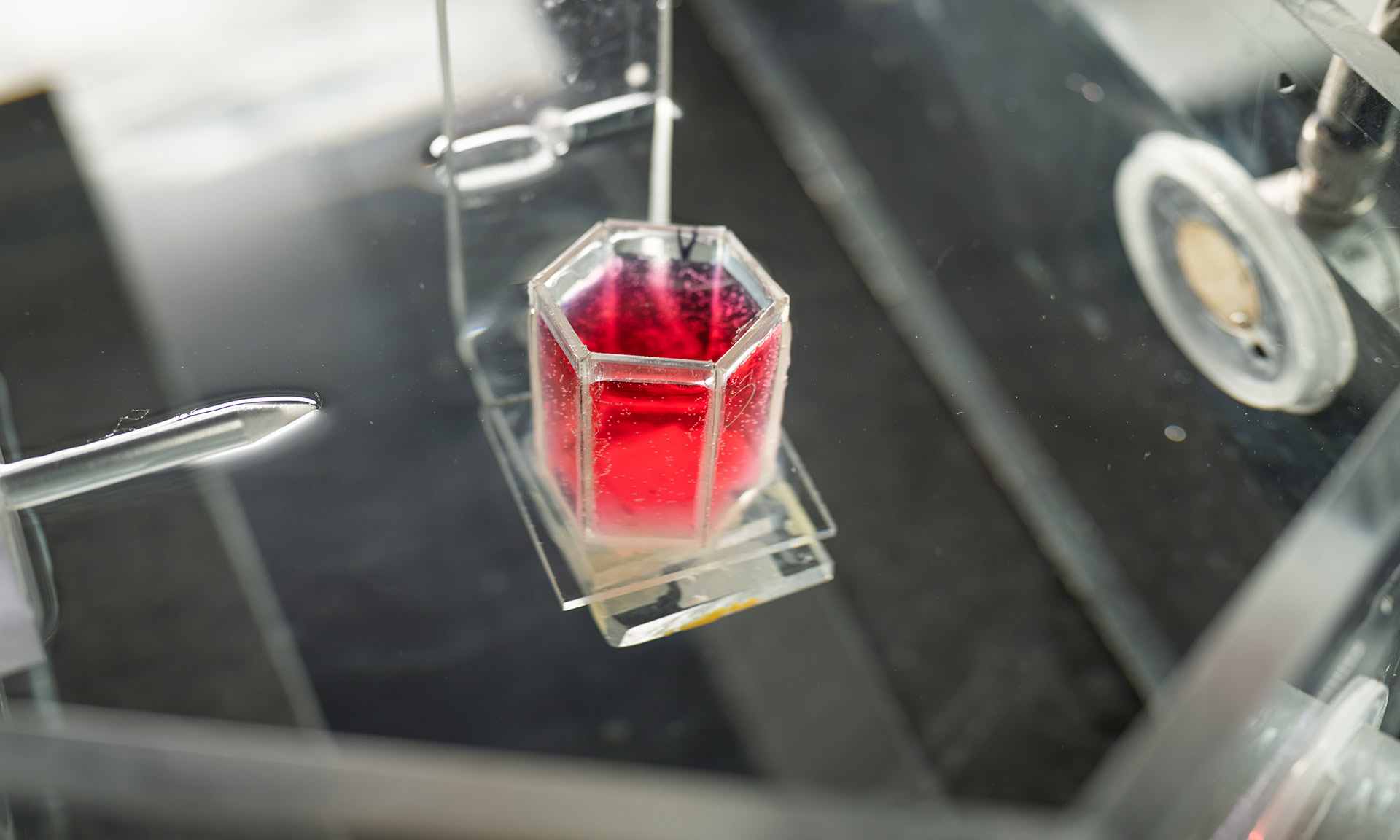Universities can help drive regional economic development and strengthen American competitiveness — but only if the federal government continues to partner with institutions and commits to provide the sustained research funding that is required to, first, discover a good idea, then “translate” it into products and services that benefit society.
That was the consensus of Robert Clark, the University’s Senior Vice President for Research, and nine other senior research officers from top U.S. universities Wednesday at the National Press Club in Washington, D.C. They participated in a roundtable discussion sponsored by the Association of American Universities and The Science Coalition, which was attended by reporters from The Boston Globe, Huffington Post, Gannett Newspapers and other national publications.
“Our communities look to us for leadership,” Clark said. “They look to us for jobs and they look to us to generate innovation for new jobs.”
Recent federal caps on research funding, and outright cuts due to sequestration, are impeding university research efforts, the participants concurred.
Clark, for example, cited the loss of momentum that occurs when funding for key projects is interrupted even temporarily. “Once you close a program — even if the funding opportunity returns in three to four years — you’ve lost the intellectual talent in the lab, you’ve lost the ability to quickly respond and do work. So to restart that is a significant investment, far more than (would be required in) sustaining the programs.”
Other impacts include difficulty in convincing top students to pursue basic research as a career, and the potential innovation deficit confronting the U.S. as other countries, especially in Asia, aggressively increase their investment in research and development. That deficit includes the loss of talented researchers who “follow the money” to other countries.
Clark noted the “double-edge sword” that occurs at the University of Rochester when faculty members obtain dual appointments at international institutions. The university gains partnerships with those institutions, but also loses the services of the faculty members for certain periods of the year.
Clark said he frequently visits partner institutions in Hong Kong, China and Singapore, and has seen first hand the “incredible infrastructure” that is being developed in their labs. “If other governments are willing to invest more in fundamental research than we’re willing to invest, we’re going to see ideas follow the money,” he said. The first allegiance for many faculty members is to their research, he added. “That’s their focus, and wherever they can best fund those ideas, that’s where the money goes.”
When the discussion shifted to technology transfer, Clark described how the University of Rochester “took our tech transfer office and basically created a venture creation shop (UR Ventures)” with an emphasis on making University research discoveries available for licensing and to help generate startup companies.
However, “bridge funding” is required to take basic research discoveries to that point. The University is investing some of its own money in this effort, but it is a “very small portion” of what is needed.
Clark used this analogy to explain: “We have all these seeds. Nobody is sure what fruit these seeds will bear, so they’re not really willing to buy the seeds. We have to do a little bit to grow the plants, to make them a viable, ongoing venture. That’s where the investment comes, that’s the bridge funding that is lacking from fundamental research investment. We’ve been trying to bridge the gap and I think that is critical. That is what will drive economic development.”
At the start of the roundtable, each of the senior research officials was asked to describe a particularly exciting research project taking place on their campus. Clark described the University’s $100 million commitment to a new Institute for Data Science. He specifically mentioned the work of Institute Director Henry Kautz and his lab in downloading tweets from social media to track and predict the spread of influenza. “You can use the same technology to predict in which restaurants you might be most likely to encounter food poisoning,” Clark noted.
“That sounds like very useful information,” commented moderator Mike Waring, executive director of federal relations at the University of Michigan.
“Our higher education has been the envy of the world,” Clark said. “We are all here because we are committed to making sure it stays that way.”
And on that note, the roundtable adjourned.



